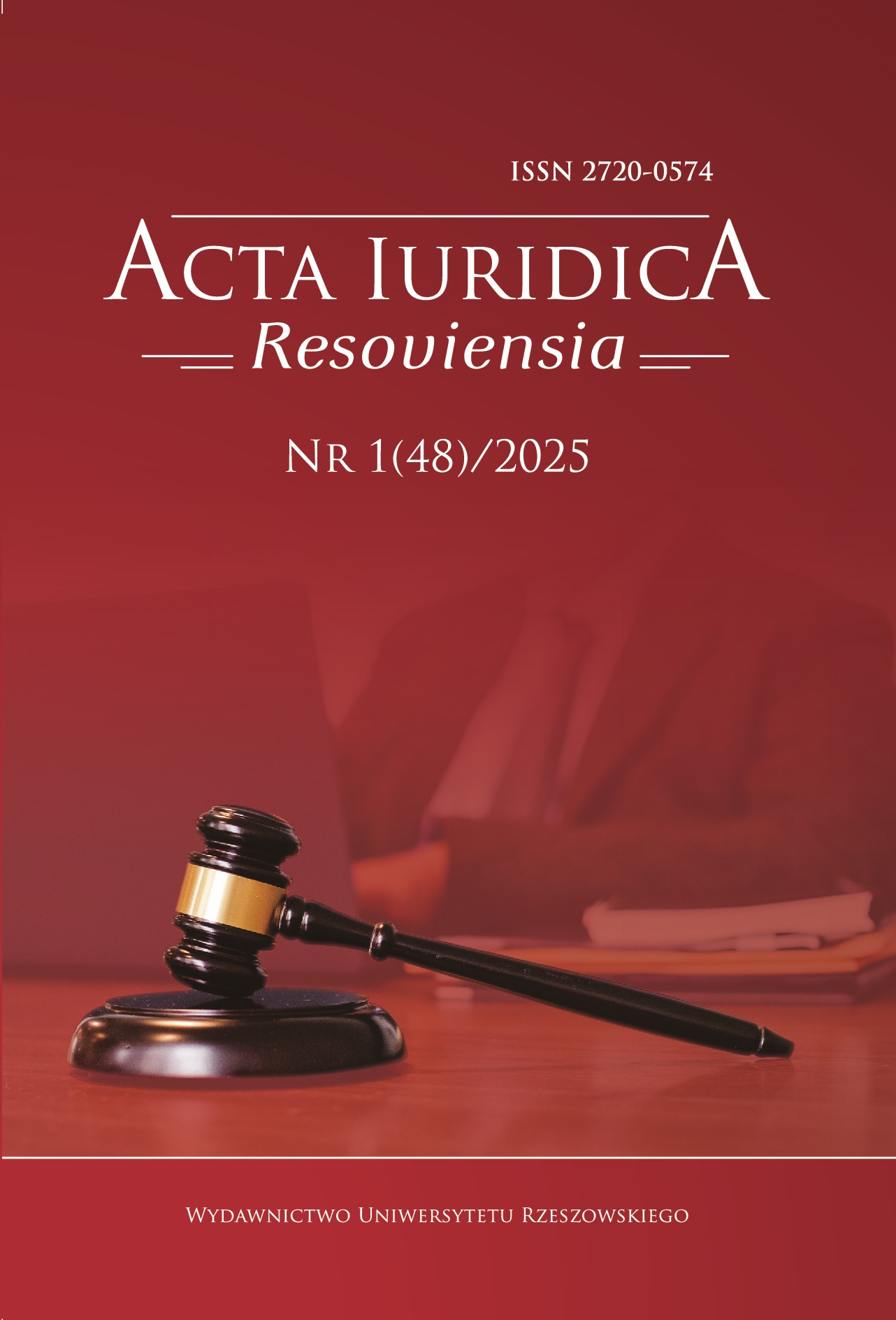Stare decisis by the newest decisions of United States Supreme Court. Case study of the right to chose
DOI:
https://doi.org/10.15584/actaires.2025.1.5Keywords:
US Supreme Court, stare decisis, precedent, abortion rights, human rightsAbstract
This article is dedicated to the key principle of American legal system, which is fundamental to the established dominant role of the Supreme Court in the modern American constitutionalism. The rule is stare decisis et non quieta movere which translates to “stick with previous decision”. Binding force of this rule is not disputed in vertical aspect but it is not a case in horizontal context. Supreme Court in constitutional stare decisis is typically free to amend its own decisions, due to de facto unamendable character of US Constitution, but it is disturbing when five (or even nine) non-elected justices by issuing a ruling effectively deprives millions of Americans of constitutional protection of their fundamental rights. An abortion right and Supreme Court’s ruling in Dobbs v. Jackson’s Women Health Org. is a valuable case study. This article was prepared using the formal-dogmatic and historical method. The Supreme Court case law was also analyzed, primarily Dobbs and two previous, overruled rulings of Roe v. Wade and Planned Parenthood v. Casey. The analysis is enriched by references the another decisions used as the basis for the views expressed by the Court adjudicating in “abortion right” cases.
Downloads
Downloads
Published
How to Cite
Issue
Section
License
Copyright (c) 2025 Acta Iuridica Resoviensia (formelry: The Scientific Journal of the University of Rzeszow, Law Series)

This work is licensed under a Creative Commons Attribution-NonCommercial-NoDerivatives 4.0 International License.

